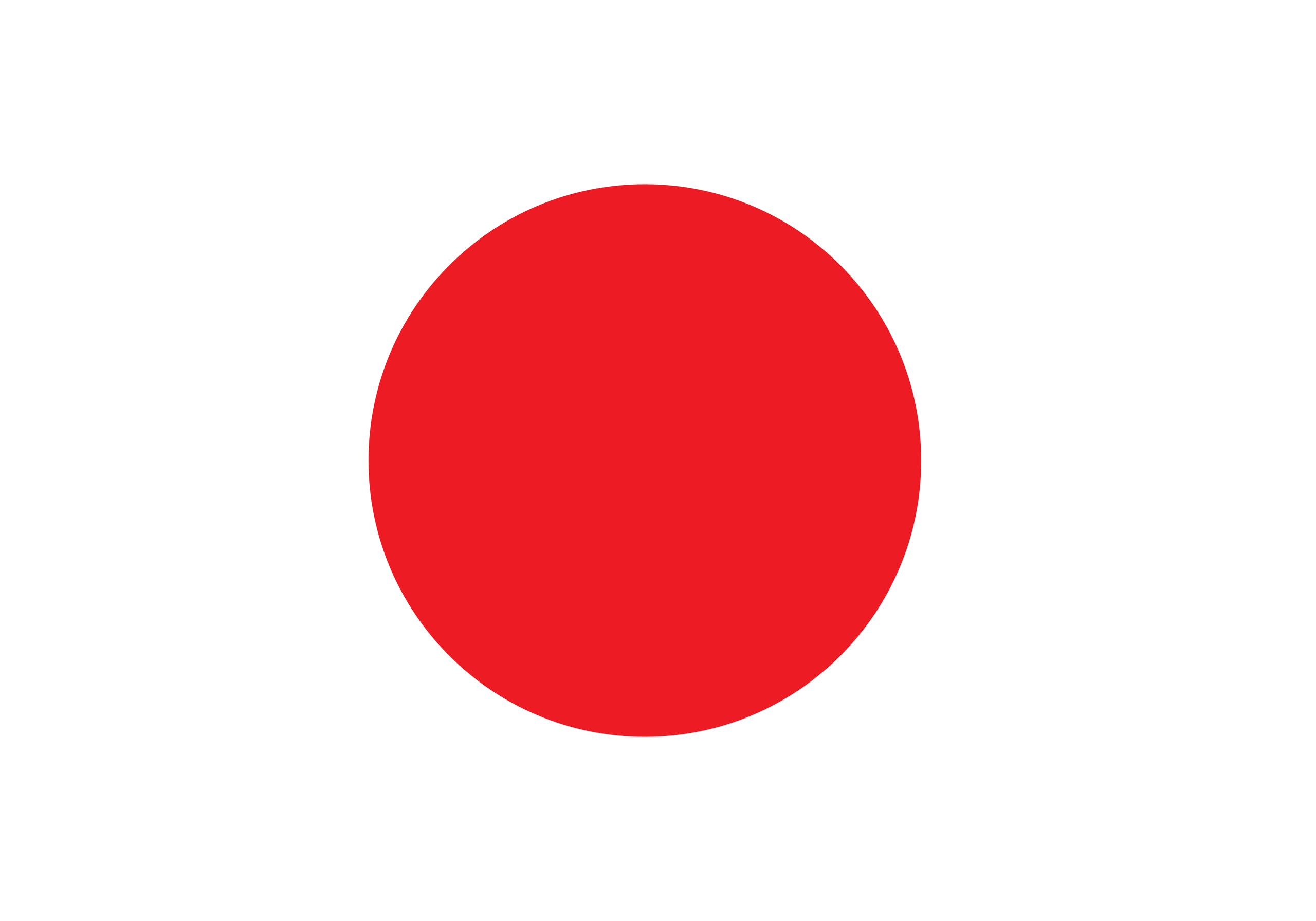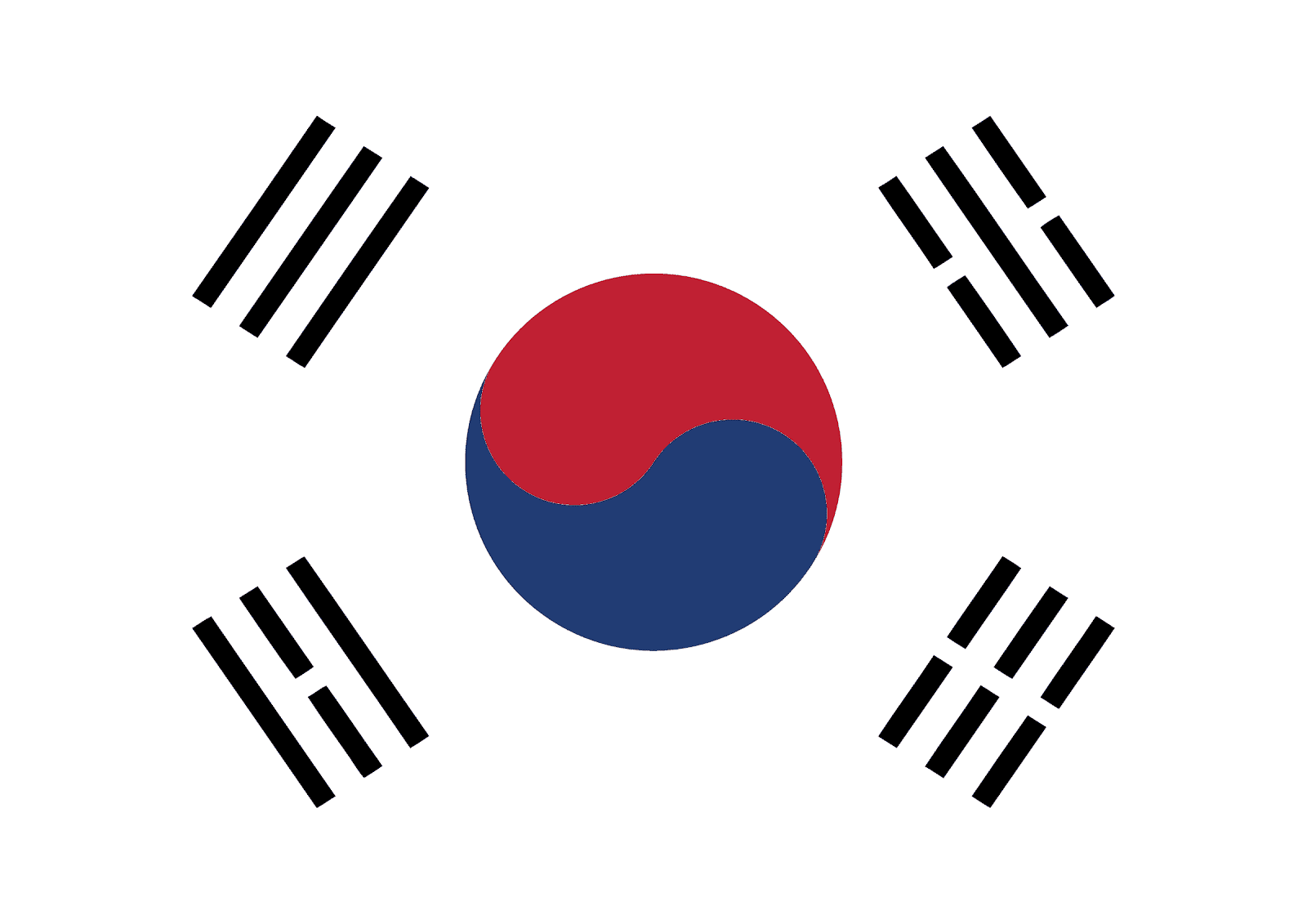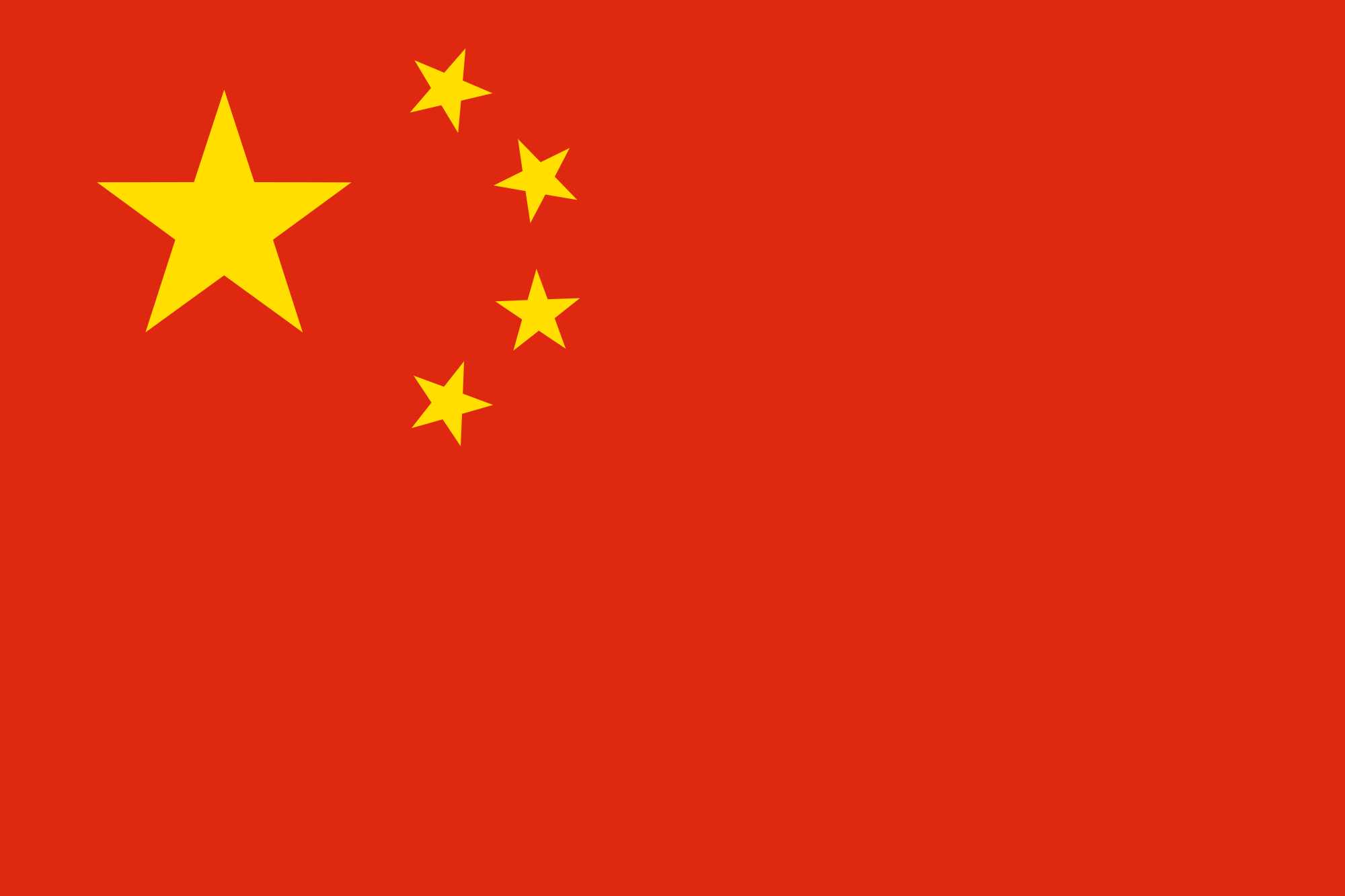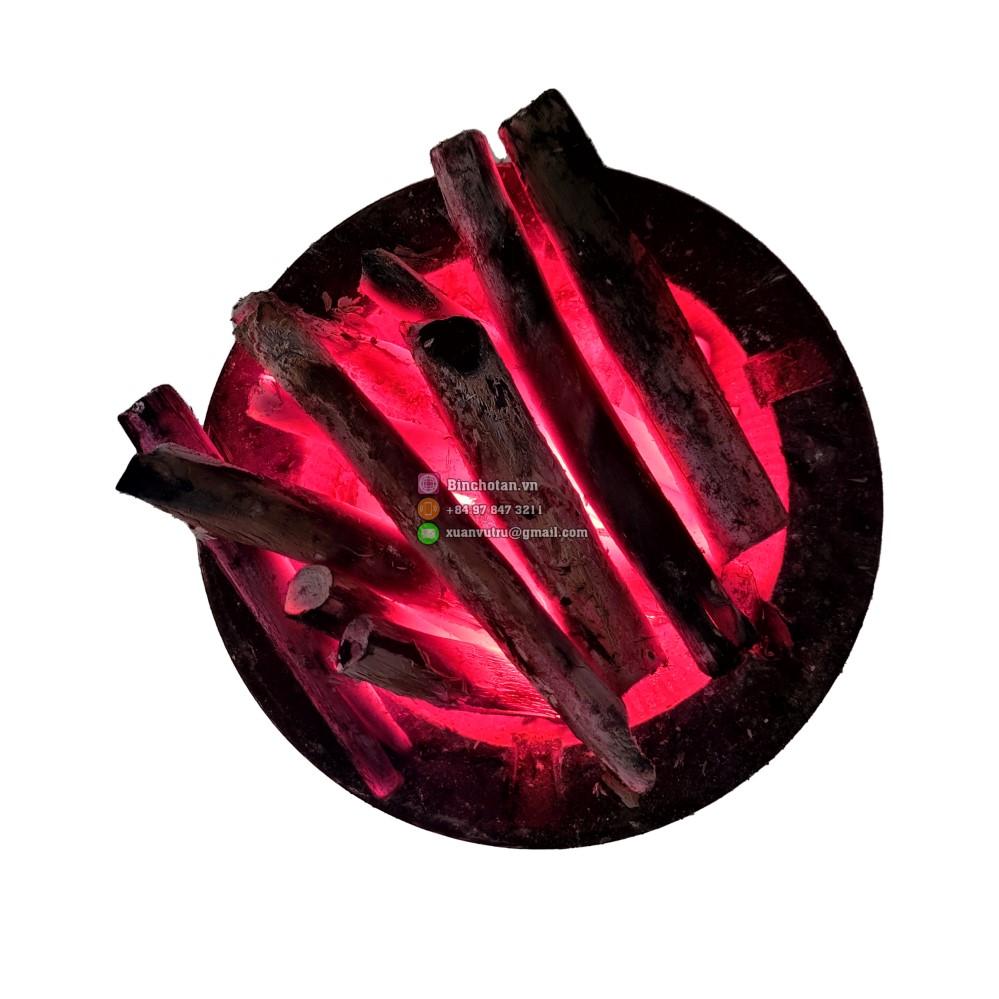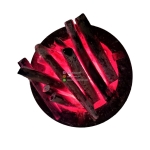Binchotan, a highly regarded form of charcoal, holds a rich history and intriguing origins. This article provides an introduction to Binchotan, shedding light on its historical background and origins, showcasing why it has become a sought-after commodity in various industries today.
The roots of Binchotan can be traced back to Japan, where it has been used for centuries. The term "Binchotan" refers to white charcoal, known for its exceptional purity and distinctive properties. The production of Binchotan involves a meticulous and time-consuming process. Traditional methods are employed, such as carbonizing Japanese oak or ubamegashi trees at high temperatures in an oxygen-limited environment, which results in the production of dense, solid charcoal.
The history of Binchotan dates back to the Edo period in Japan (1603-1868). It was initially utilized for heating and cooking purposes due to its high heat retention capabilities. Over time, people discovered additional benefits and applications of Binchotan, leading to its widespread usage in various industries, including cooking, water purification, skincare, and air filtration.
Binchotan gained recognition for its exceptional water purification properties. Its porous structure allows it to effectively absorb impurities, chlorine, and heavy metals, resulting in cleaner and better-tasting water. This discovery led to the development of Binchotan water filters, which have become popular around the world as a natural and sustainable alternative to conventional water filtration systems.
Beyond its practical applications, Binchotan has also found a place in traditional Japanese culture. It is used in tea ceremonies, where it enhances the taste and aroma of tea. Binchotan is also utilized in the art of Ikebana (Japanese flower arrangement) to support and preserve the freshness of flowers.
In recent years, Binchotan has gained international recognition and is increasingly sought after for its eco-friendly and sustainable qualities. Its natural sourcing and biodegradable nature align with the growing demand for environmentally conscious products.
In conclusion, Binchotan is a remarkable form of charcoal with a fascinating history and origins rooted in Japan. From its humble beginnings as a heat source to its diverse applications in various industries, Binchotan has proven to be a versatile and highly regarded material. Its exceptional water purification properties, cultural significance, and sustainability make it a compelling choice for those seeking natural and environmentally friendly solutions.
For more information or to explore Binchotan products offered by VUTRUX CO., LTD, please contact us at the provided address, phone number, or email.
VUTRUX CO., LTD Address: Cau Mang, Ben Sung, Nhu Thanh, Thanh Hoa, Vietnam Phone number: +84978473211 Email: xuanvutru@gmail.com



